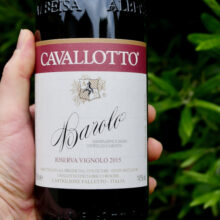
Product information
Cavallotto Barolo Riserva ‘Vignolo’ 2016
$369
Description
Cavallotto are making beautiful wines of great presence, harmony and detail. The Riserva Vignolo is always a little bolder than the Riserva Vigna San Guiseppe. They both have that hallmark Castiglione tannin layered, supple and of line and length.
“The Cavallotto 2016 Barolo Riserva Vignolo is an organic wine that shows superb balance and great intensity. Elegance and power are in fact the twofold hallmark of this iconic vintage. This is a polished and silky wine with an almost glossy or latex-like quality to its tannins (that I love, by the way). This 5,333-bottle production hails from a two-hectare vineyard with 40-year-old vines. It has southwest exposures at a breezy 220 to 310 meters in altitude.””
Monica Larner, The Wine Advocate
Out of stock












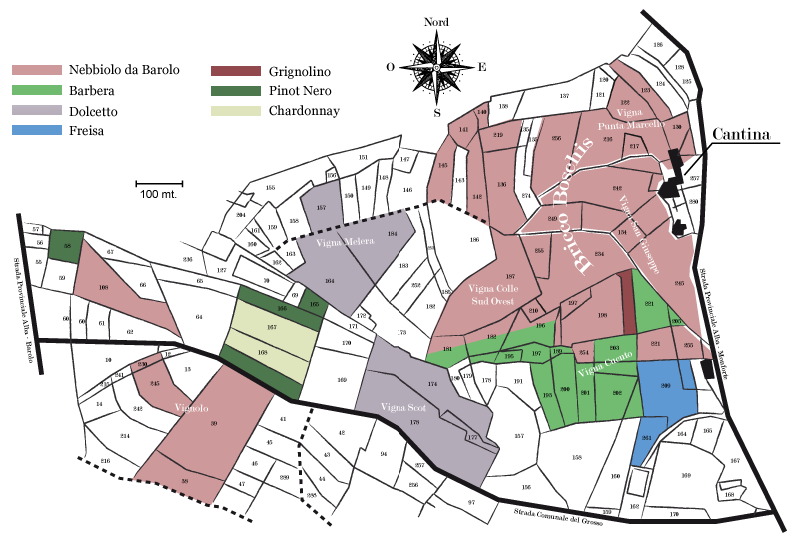
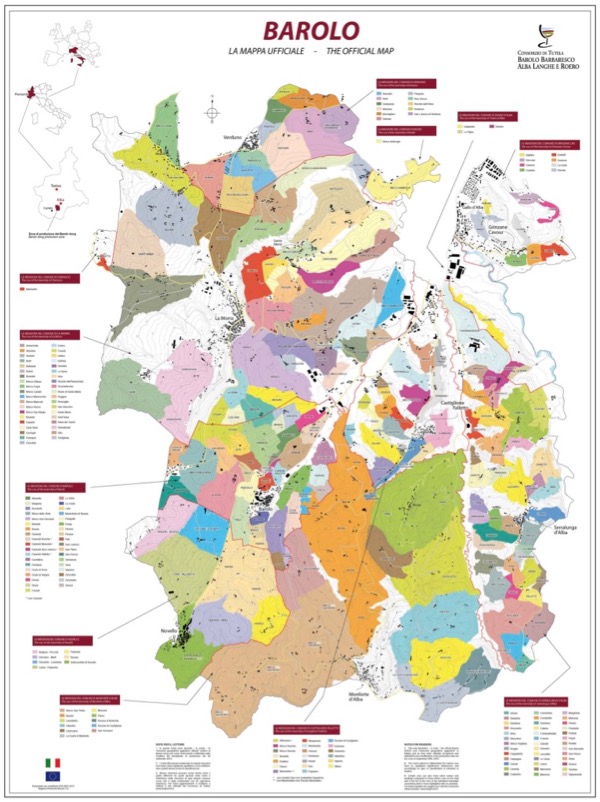
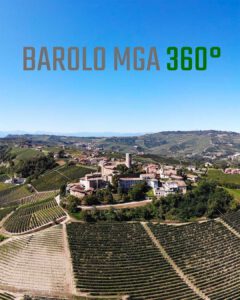
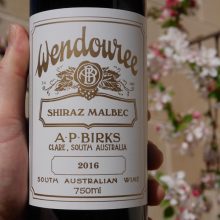
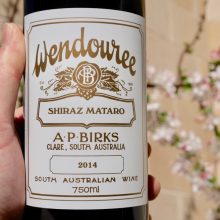
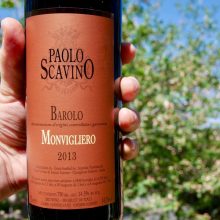
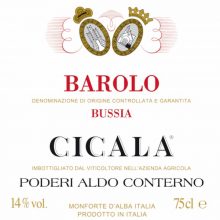
You must be logged in to post a comment.